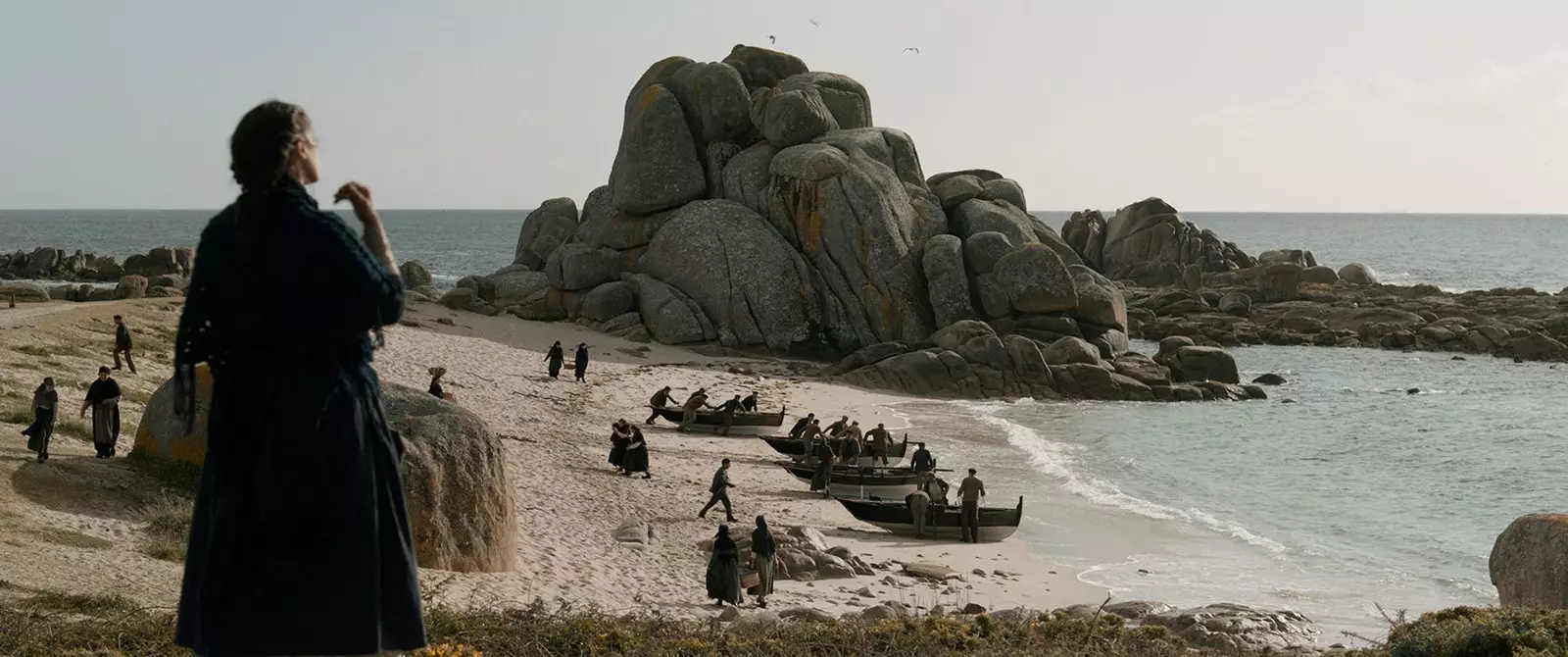
That characteristic rounded rock of Sálvora.
“A fearless thriller starring our headscarf-wearing grandmothers.” That's how the director likes it Paula Cons define The Island of Lies (premiere July 24 on Filmin), the film that finally brings Sálvora's heroines out of oblivion, three women, María Fernández, Josefa Parada and Cipriana Oujo, that in the early morning of January 1 to 2, 1921, they launched into the sea to look for survivors of the largest shipwreck on the Galician coast, the Santa Isabel, or the Galician Titanic.
"Actually, I'm a journalist, and I always like to write things based on true stories," explains Cons, who is making his debut in fiction with this feature film. "Furthermore, I control the history of Galicia quite a bit and I was very surprised when suddenly a friend came to me, also a journalist, who had seen a small exhibition about the shipwreck... And I had no idea about this tragedy, nor about these ladies, I was totally amazed, I started to pull the thread and I was definitely hooked by them”.
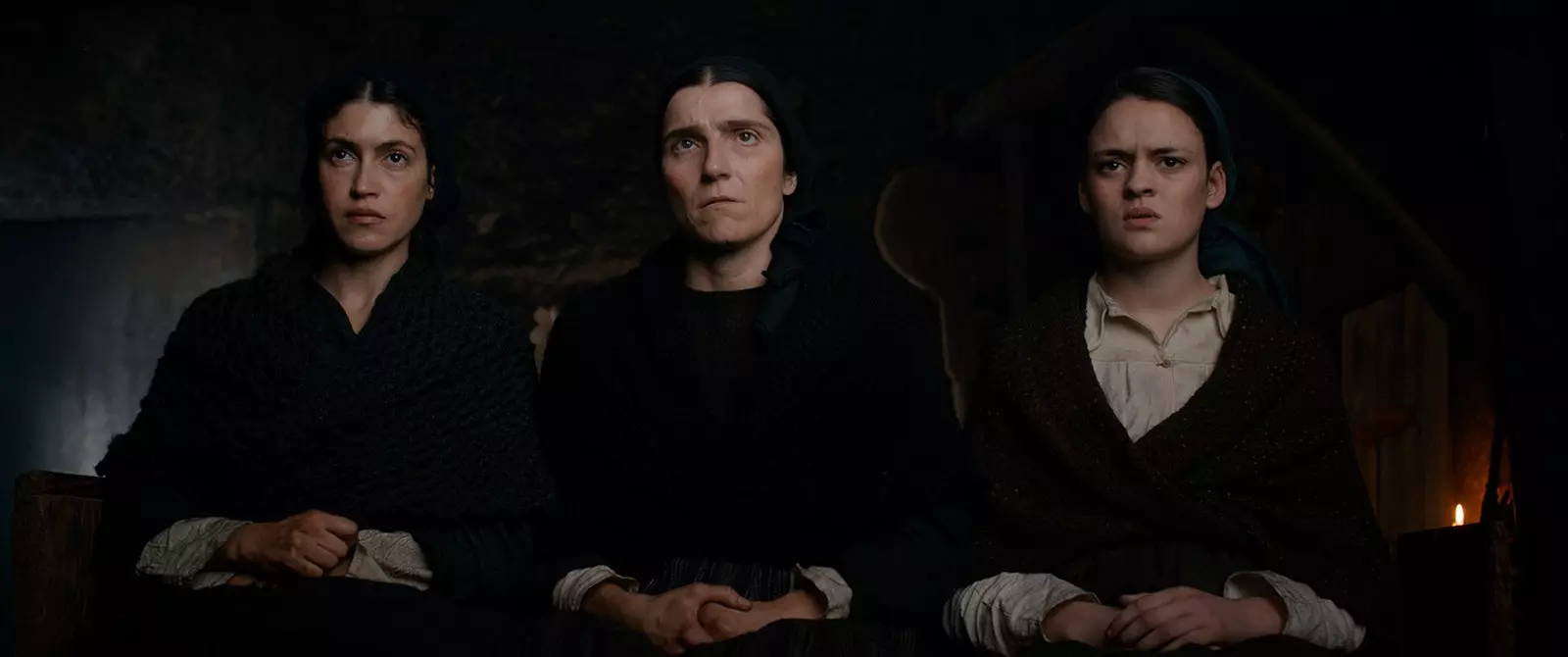
The three heroines of Sálvora.
The three women (young, because none was over 25 years old) were residents of Sálvora, the largest island that gives its name to the archipelago, has been part of the Parque Nacional Marítimo Terrestre das Illas Atlánticas de Galicia since 2008. Sálvora closes off the Arosa estuary to the north. As they say in the movie, "It is the breakwater of the continental coast." Its unique orography demonstrates that historical and constant scourge in its rounded granitic rocks, called bowling. Those skittles against which the Santa Isabel, a large ocean liner that was picking up passengers between Bilbao and Cádiz and then going on to Argentina, collided that fateful night.
“In reality, it was like a concatenation of bad luck: an old and very small lighthouse in a place where there are storms, a much larger lighthouse next door, which had been waiting for an optician for 16 years… And then there are multiple theories: how The captain was going, the storm…”, says Cons. She decided to fill in the gaps left by real history with some Galician legend. “Fabulous with many legendary or true elements of the history and the coast of Galicia. Like the raqueiros (land pirates who caused the sinking of ships with torches to later keep the loot), who are very much from the Costa da Morte, that is why it is called Costa da Morte”.
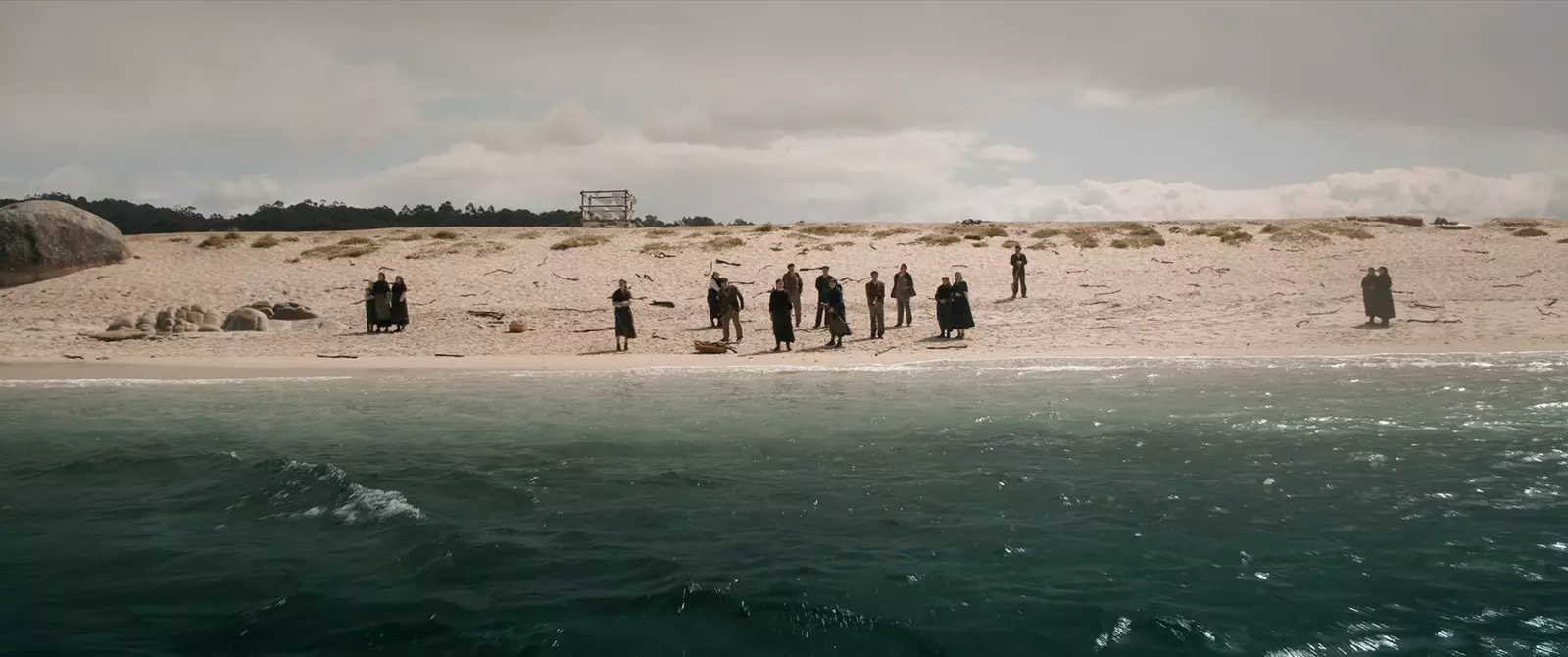
The color of those Atlantic waters.
María, Josefa and Cipriana jumped into the sea in dorcas, in the rudimentary and heavy boats they had then, without a second thought. That night there was hardly anyone left in the village of Sálvora, populated by settlers, and they hours were spent rowing to rescue 48 people (another 213 died). “They were probably the best sailors you could find at the time,” says Cons.
When the news reached the mainland, they turned these three women (plus a fourth who did not actually jump into the sea) into heroines, gave them well-deserved tributes, rewarded them with money and medals. Until one day the press decided to blacken the feat and blamed them for having robbed the dead. “Perhaps if they had been men, they would not have dared to tarnish their names and we would have known about them today. But it was as simple as someone raising a false testimony to throw them into absolute oblivion”, continues the director.
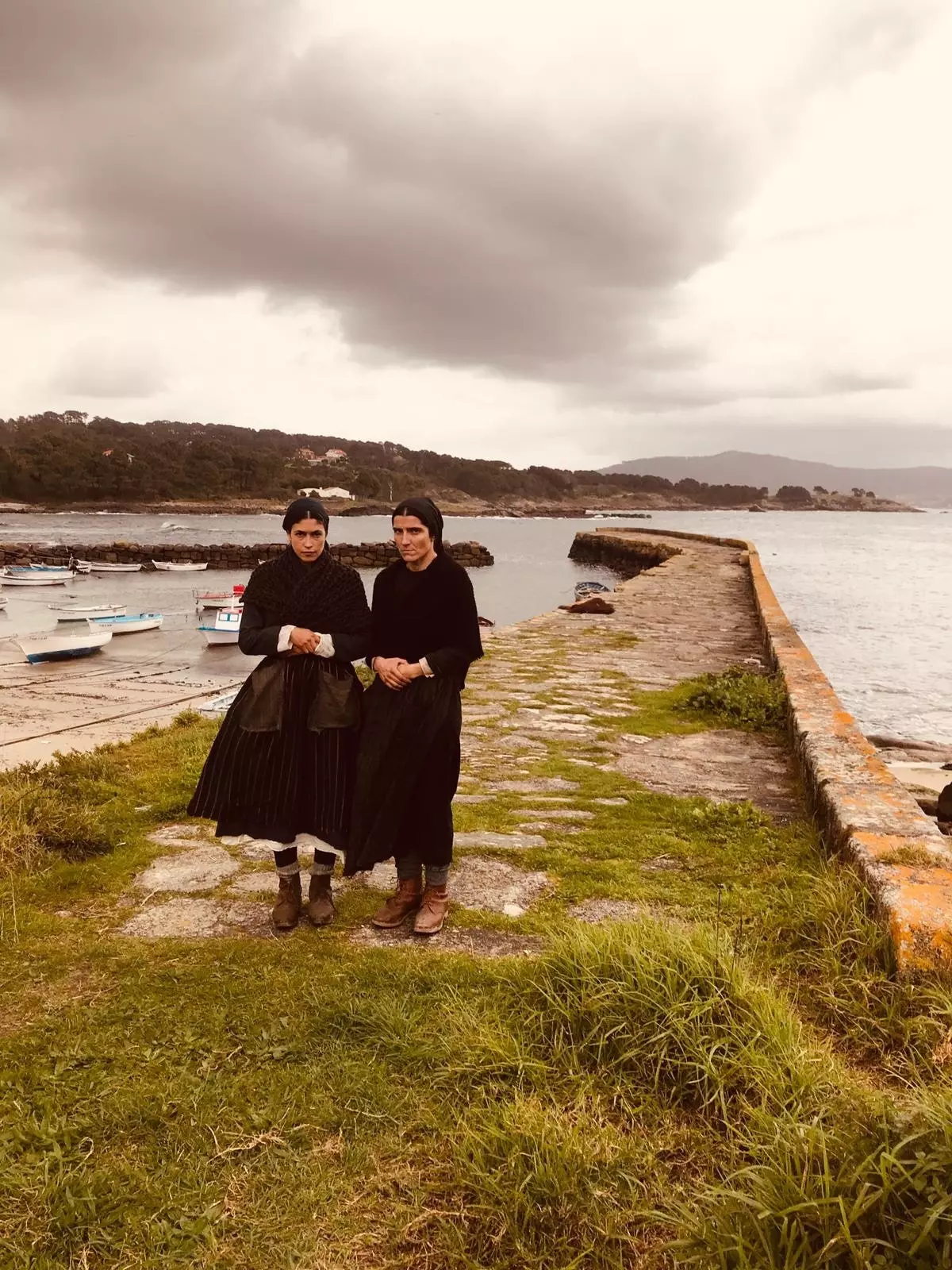
María and Josefa, unintentionally heroines.
Later, they fell into anonymity... All that unclaimed attention was added to the post-traumatic trauma they suffered from the rescue experience, turning them into heroines (the idea of the instrumentalization of the hero in tragedies, closely linked to the current crisis, is a topic essential in the film), together with that Galician idiosyncrasy deep inside, which was enlarged because these women were intellectual and emotional illiterate who had always lived on that small island. "I suppose they must have been uncomfortable, they continued to live on the island, and then they went to live on the coast, the money they earned from the tributes was invested in properties, small houses...", reveals Paula Cons.
AN ISLAND STILL WILD
Sálvora can be visited today with special permits in private boats or in boats that then show the island in guided tours and a maximum daily capacity of between 150 and 250 people all year round. You can't spend the night there, there aren't even toilets or drinking water. What remains is the lighthouse (the new one, to which the optician ended up arriving), the Pazo del Marqués, the chapel (which was formerly the fisherman's tavern) and the ruins of the settlers' village, where those three women lived and which was abandoned by the last settlers in 1972.
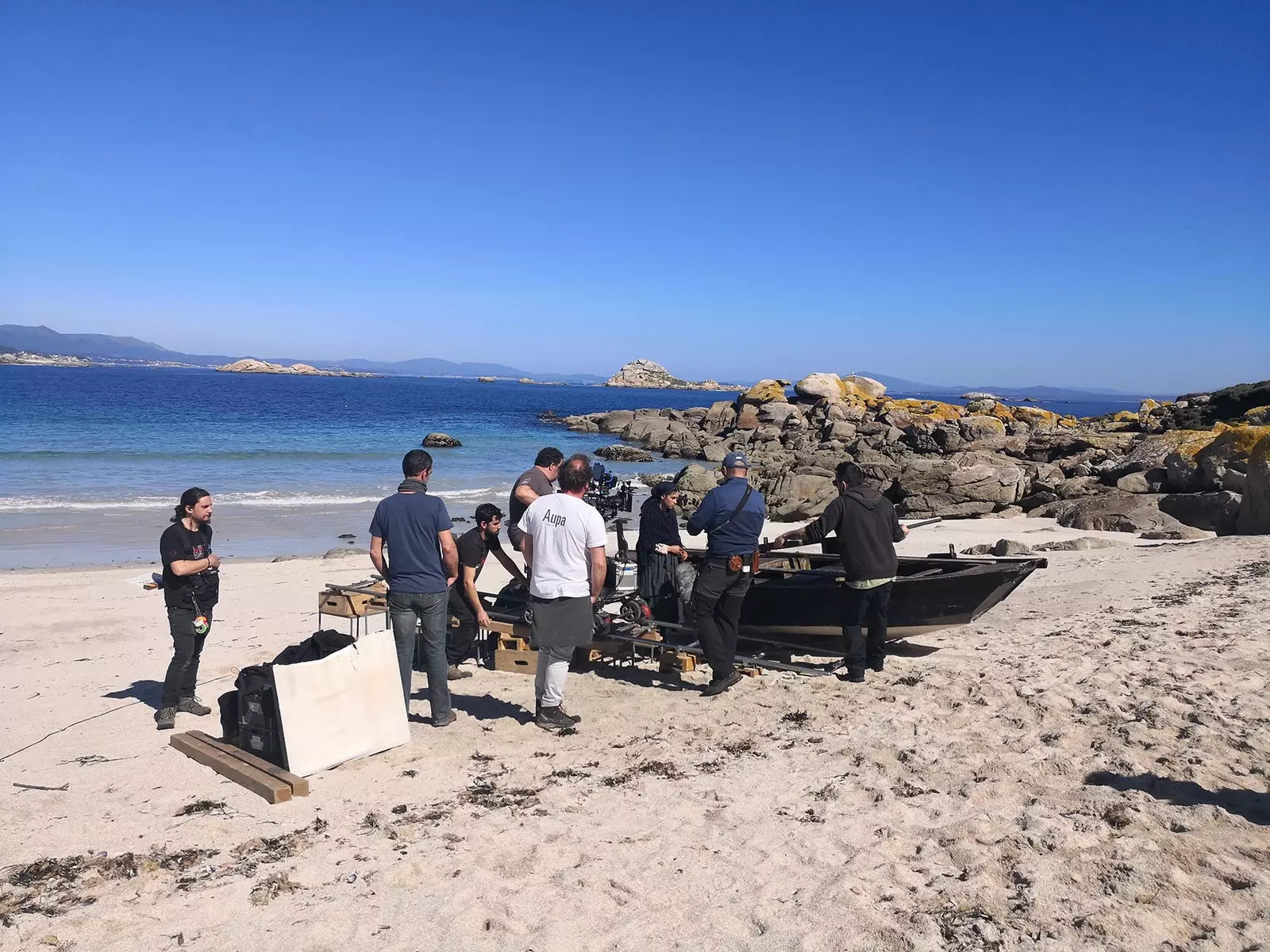
The beaches of Salvora.
the island was owned by the Otero family, the Marquis of Revilla, until 2007 when Caixa Galicia bought it. the lord of the island he used it as a hunting ground and that is why there are still deer around there, which he himself took to hunt them later. The settlers who lived there were obliged to give him a part of what they got from the land. It was a practically feudal system that survived until recently there.
The positive part of that terrible regime? The island has remained practically wild until today. “The island is tremendous, it has that purity because there is nothing modern, there is not even a cable. The maximum interference was the wake of an airplane”, says Cons.
Precisely because of this and because of the weather and sea difficulties to get to the island every day (it is a 50-minute boat trip from Ribeira or O Grove), they could not shoot the entire film in Sálvora. “We were there for several weeks, but we also shot in San Vicente do Mar, that has the same stones, bowling. In fact, a curious thing is that, in some sequences, **when you think you are in Sálvora what you see in the background is Sálvora”. **
the island of lies premieres on July 24 at Filmin and will participate in the Shanghai Film Festival.
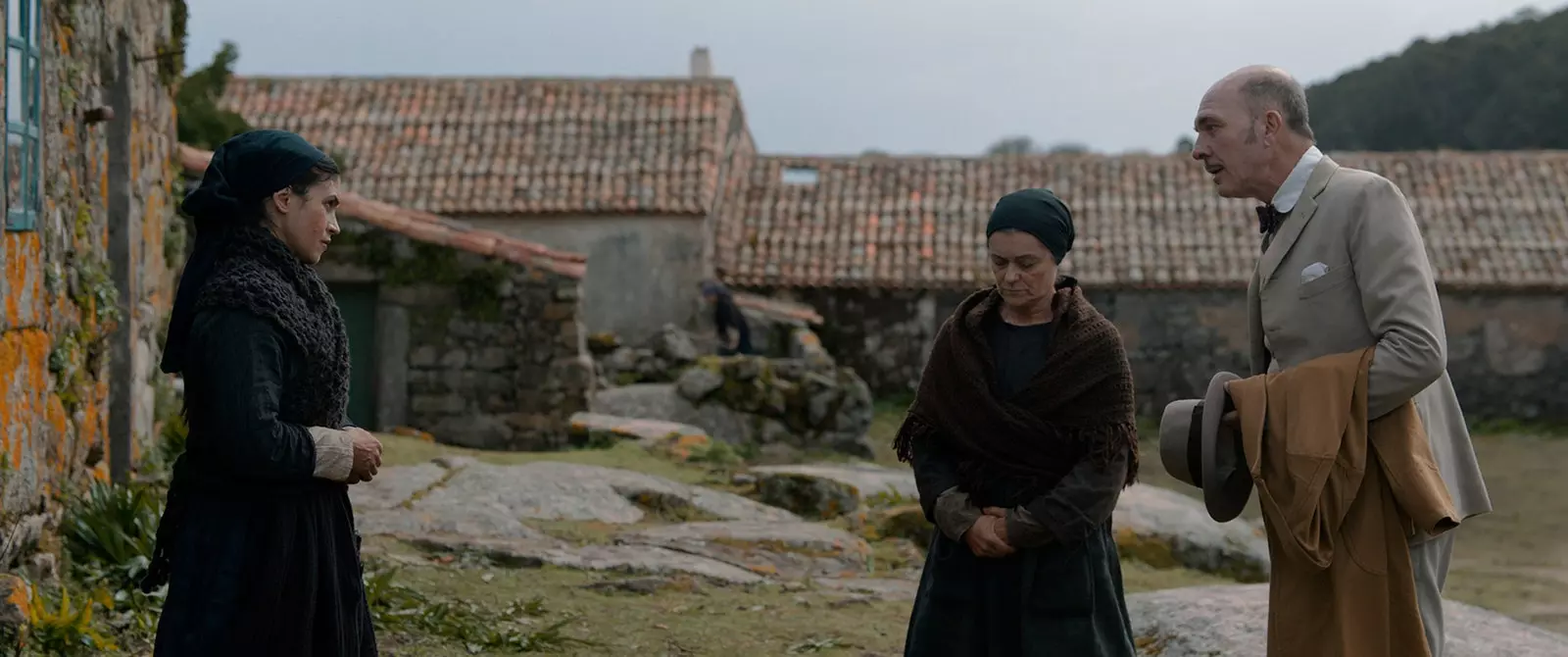
Darío Grandinetti and Nerea Barros in the village of Sálvora.
